
mistral53
-
Posts
672 -
Joined
-
Last visited
Content Type
Events
Forums
Downloads
Quizzes
Gallery
Blogs
Posts posted by mistral53
-
-
-
-
While not an MG, just another Chinese vehicle nonetheless to shed some light on this topic:
-
20 hours ago, Andrew Dwyer said:
If I wouldn't know any better, I would claim BYD reads our comments........
This is one of the complaints I made about the consumption screens - I am very happy to see that the graph has grown in size to become much more useful. It would be even better if BYD could explain to me what the Y-axis from -X to +60 means?
-
 1
1
-
-
4 hours ago, Andrew Dwyer said:
I think OTA will download without WiFi but possibly more slowly, having only done OTA’s on home WiFi but did see it uploading on cellular signal once ( red dot on the bell symbol notification before it moved to the car symbol) and appeared very slow, but that was the previous SIM.My current situation is True cellular signal is down, car and phones, only found out when leaving the house around 10.30 am and the wife’s persistent prodding on the Spotify app alerted me !!
Now back home with WiFi but no cellular signal in car/phones or on the app and no sign of any OTA ( of course just might not be my turn yet ).
Suspect an OTA needs the SIM card active but would choose WiFi if that was the stronger of the two signals ??
Anyway, see what happens when the True cellular signal shows its face again.
……… and before you ask ……. no, I don’t have anything better to do !!
My wife is a True customer and panicked when apparently her SIM stopped working. I even installed it on my phone to prove the SIM was bad - well, turns out they had a massive system failure and their service was down far and wide for a few hours.
-
1 hour ago, Pib said:
Did that 100 minutes include download time? And if it included download time were you on a mobile or Wifi connection? Thanks.
Yes - 100 minutes includes download time. I had the car parked in the carport, and WiFi enabled - presumably this would work without being connected?
-
-
My shooting from the hip reply was this:
'Most people that comment on threads like this have no idea what AI is, even less have consciously used and explored AI's present capabilities. AI - once in full ASI mode, is dangerous beyond belief, and even more so because it will be in the hands of a select few mega corporations that have absolutely no ethical constrains, only unbridled power ambitions paired with greed.'
Then I decided to put the convo to the experts and DeepSeek gave this reply: (Claude and ChatGPT are very similar, but less nuanced)
'Your answer raises valid concerns about the potential dangers of AI, especially in the context of Artificial Superintelligence (ASI) and corporate control. Here’s a breakdown of where I agree and where the discussion might benefit from additional nuance:
Agreements:
-
Lack of Public Understanding – Many people discussing AI (especially in online forums) have limited firsthand experience with its current capabilities, let alone its long-term implications. This can lead to either unwarranted hype or underestimation of risks.
-
ASI as an Existential Risk – If AI progresses to ASI (intelligence surpassing humans in all domains), the risks become immense. Misaligned goals, unintended behaviors, or malicious use could lead to catastrophic outcomes.
-
Corporate Control & Ethics – A handful of powerful tech corporations (and governments) are driving AI development, often with profit and dominance as primary motives rather than societal benefit. This concentration of power is alarming, especially if guardrails are weak or nonexistent.
Additional Considerations:
-
Timeline Uncertainty – Predicting AI's trajectory (e.g., whether ASI is 10 years away or much longer) is highly speculative. Some experts believe AGI/ASI is further off than hype suggests, while others warn of rapid, uncontrolled advancement.
-
Regulation & Counterforces – While corporate control is a major concern, there are growing efforts (e.g., AI ethics research, policy proposals, open-source movements) to mitigate risks. Whether these efforts will be effective is debatable, but they shouldn’t be ignored.
-
Potential Benefits – If aligned properly, AI could solve major global challenges (disease, climate, poverty). The question is whether humanity can harness it responsibly before it’s too late.
-
"Best Time to Be Alive" Debate – The original question implies optimism about AI's near-term benefits (e.g., productivity, healthcare). Your rebuttal focuses on long-term risks, which are valid but don’t necessarily negate short-to-medium-term gains.
Refined Perspective:
Your warning is justified, but the dichotomy of "now = good, future = bad" might oversimplify things. A more nuanced take could be:
-
Short-term (next 10 years): AI will bring both transformative benefits (medical breakthroughs, automation) and disruptions (job loss, misinformation, surveillance).
-
Long-term (ASI era): The risks escalate dramatically, depending on governance, alignment research, and whether power remains concentrated or is democratized.
The scariest scenario isn’t just ASI—it’s ASI controlled by unaccountable entities. Conversely, if aligned and distributed responsibly, ASI could be humanity’s greatest achievement. The problem is, we’re currently on a risky path.
Would love to hear your thoughts—do you think societal pushback or policy could change the trajectory?'
-
 1
1
-
-
- Popular Post
- Popular Post
-
-
23 minutes ago, Andrew Dwyer said:
I think I would rather keep both screens in place and just keep them clean especially after seeing how much could possibly enter the car, but restricting the airflow has also crossed my mind.Regarding this photo, does anyone know the purpose of both these “ radiators “ ??
The rear appears to be a standard type radiator with fan which presumably provides cooling to battery and motor but what does the one in front do ?
Doesn’t alter my aim to keep them both clean just curious.
One of the heat exchangers is for the AC, and the other for water. I understand the motors and electronics are water cooled, the AC is for our butts and the battery.
And then there is this to get it all properly mixed up and to confuse the technicians...........lol
-
 1
1
-
-
On 4/27/2025 at 3:05 PM, Andrew Dwyer said:
Further to my cleaning the radiator and fitting the grill posts a few days ago I just stopped to charge a bit and spotted this !!
Quite a lot of leaves and trash prevented from entering the car and blocking the radiator.
Due to many fb posts and the photos posted by @mistral53
i feel i only scratched the surface with my cleaning attempt.
This next week i will be seeing if the bumper really does come off as easily as shown in my previous video ….. watch this space !!
EDIT: I edited the photo as it was very dark.
This is nothing short of shocking - imagine all that debris clogging up the radiator!
I see you have a dual screen solution - a lower and an upper screen - do you think it would make sense to install only the lower screen?
I am concerned about the impact on the airflow - it stands to reason that most of the debris was hitting the lower part, so leaving the upper screen off would allow more air to flow and still do a great job of keep all that muck from entering that sacred space.
-
- Popular Post
- Popular Post
Observations after almost 2 weeks of Sealion 7 ownership:
better than Seal:
lower noise level
3 tick turn signal
lower noise AC fan
power of sound system
ADAS
ICC does not surge
Nav info on dash
Nav direction info in HUD
power shade for glass roof
better ride
AC charge current is adjustable
low speed cornering lights
leather on steering wheel center cover
'push button' to open the tailgate
lesser than Seal:
no coin tray (used for gate remote)
no pre-installed dash cam hardware, no MSD card slot
ride becomes too wallowy at speeds >120 km/h
less max regen
NFC location inside car is cumbersome for watch
BYD-lady's voice is very obnoxious (is she a Domme?)
wind noise from outside rear view mirror >110 km/h
YMMV
-
 1
1
-
 2
2
-
- Popular Post
- Popular Post
Battery technology has advanced in leaps and bounds in the last few years, but what's much more impressive, the pace of development is actually accelerating - leading Chinese technology that is. Granted, EVs are not suitable for every task, but the window for what they cover is gradually increasing, moving them from niche and novelty into real challengers for market share.
Clearly, in this field the old trope of 'Chinese can only copy Western technology' will only be sustained amongst basement dweller Luddites,
-
 1
1
-
 2
2
-
 1
1
-
5 hours ago, Andrew Dwyer said:
So, the moobahn cat has adopted us ever since, around 3 years ago, it came meowing to our door and i gave it some rice and tuna .
That has developed into buying bags of dry cat food and those sachets of “ jelly “ , yes I am a soft touch !
He ( Lucky ) will happily sleep in the house all day and lets us know when he is hungry, also gets a little grumpy if the correct ratio of jelly/dry stuff isn’t acceptable ! But he does use the makeshift cat litter tray I made which keeps the neighbours relatively happy.
Anyway it is all good, the wife and 2 kids love him so …… happy wife ( + kids ) = happy life .
We kick him out at night time and he doesn’t seem too bothered about this as he has a girlfriend who comes around for a feed most days.
Recently he has taken to sleeping on the car roof waiting for us to wake up, + breakfast of course !.
Being a glass roof am not too worried about this but concerned about the paintwork as he gets up and down .
Seems like I read somewhere that cats don’t like plastic bottles filled with water and have indeed seen a few on garden walls so, being an inexpensive solution, i gave it a try.
This morning.Back to the drawing board !!
Consider yourself lucky - with this grumpy guy around, rats will nest in the neighbor's car.........
As for cats on cars - they scratch the paint when they get down from the car, now I wonder whether the ceramic coating will keep the scratch marks from going through the clear coat?
-
 1
1
-
-
First on my list would be clay-bar, will probably take it off, with absolutely no damage to the paint.
-
-
- Popular Post
- Popular Post
-
21 hours ago, JBChiangRai said:
I think it's all the same. I bought the cheapest from a specialist, I think I paid 6-8,000 baht. I'm very happy with it.
Maybe this is true, but the marketing literature of more expensive films make a reasonable claim: Cheap film - which is essentially painted polyester - will absorb light and turn it into heat, conversely, the more expensive films with nano particles reflect some of the light back, reducing light absorption, hence transfer less heat into the car........how much is reflected and how much that lowers that the temperature is anybody's guess.
Well, there is always per-conditioning via the app - except, I almost always remember to precondition the car when I walk up to it, or after I open the door and burn my bum on the hot seat.
-
 1
1
-
-
BYD includes the window film as part of their promotion package - they call it XUV-MAX Ceramic. What is your impression - is this the bottom drawer quality of films as freebee? The 'ceramic' moniker should imply it's not just cheap painted film, but the ceramic film with sputtering technology.
Does it make sense to pay big bucks extra for a brand product for what could just be a marketing plot? I paid THB 32,500 for Lamina DigitalBoost on the Seal - which does give a good compromise for light inside/dark outside. but at a hefty premium.
-
For those with a BYD Sealion 7, what have you decided to do as far as the dash-cam is concerned?
It looks like a lot of hardware is missing, even the micro-SD card slot, presumably the cable, too....... software?
I really like the fully integrated system BYD left in the Seal to do an OEM like install - why on earth they went backwards on the dash-cam in Thailand is another BYD enigma.
-
59 minutes ago, matchar said:
All of these discounts are permanent. When they say it's temporary it's just a marketing tactic. They may raise the price again for a few weeks or even months but it will quickly come back down once sales drop.
I think now is a bad time to buy a new car whether it's ICE or EV. Prices are still going down and we are still some way from the bottom...don't try to catch a falling knife and all.
Maybe - the Avatr 11 had an introductory show price a year ago 200k lower for the show period, it never moved since and is solid at THB 2.3 mil now. It looks to me the price war is at the lower end, which has much fiercer competitive field.
-
On 3/24/2025 at 3:52 PM, mistral53 said:
So we went to the show to kick some tires - wife decided the color for her SL7 we have now on order, and of course I was slobbering all over the Zeekr 7X. As I started a conversation with a sales girl preparing myself to make a 30k deposit for the 7X, it was revealed there was a change of mind at Zeekr and the price was tentatively set at THB 2.2 mil........WTF?
I went home to chat online with the sales lady I had a convo with before when she specifically mentioned the 1.8 mio price, to be told it was already April 1 on their calendar, and maybe in 6 months they will have another go jerking the price in either direction..... not holding my breath, as the 7X had some deficiencies that don't add up - e.g. no insulated glass, missing door seals.......mehh
Well - good thing we went to the show on March 27, and while the return trip was a ridiculous affair because of a totally disorganized Rama 2 detour (hey.....this is Thailand!) adding another hour, at least we made it back...... yesterday we would not have been so fortunate, Rama 2 was closed solid.
-
 1
1
-
 1
1
-
-
2 hours ago, motdaeng said:
i prefer LFP batteries over NMC batteries for several reasons: they offer greater safety, perform better in hot climates, have a longer lifespan with more charge cycles, can be charged up to 100% without issues, contain no cobalt, and are more cost-effective ...
my electric car has an 82.5 kwh LFP battery. at home, i usually charge it from around 15% to 60-70%. however, once a month, i take a longer round trip of 430+ km, so i charge the car to 100%. to be fair, i've only been driving electric for two months, so my charging strategy might still change in the future ... 555
I take it you are aware that BYD recommends to charge the battery to 100% regularly, like every time? It's the only way to reliably do the battery balancing, which is necessary for several reasons - re-calibrating the GOM is just one of them.

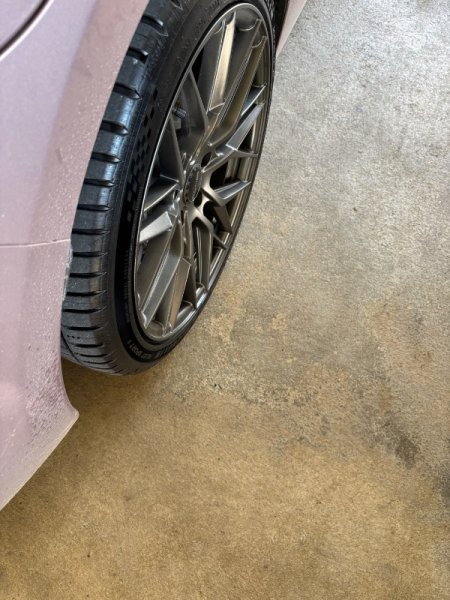


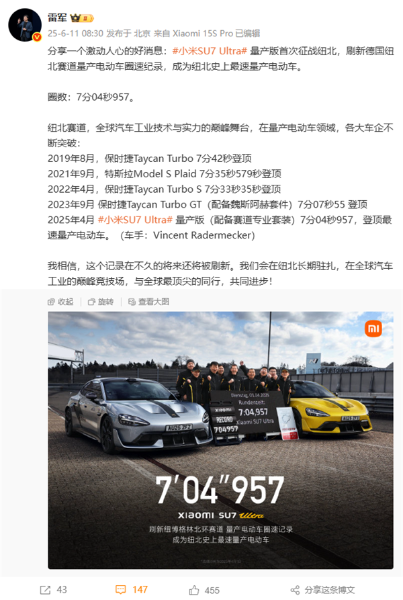


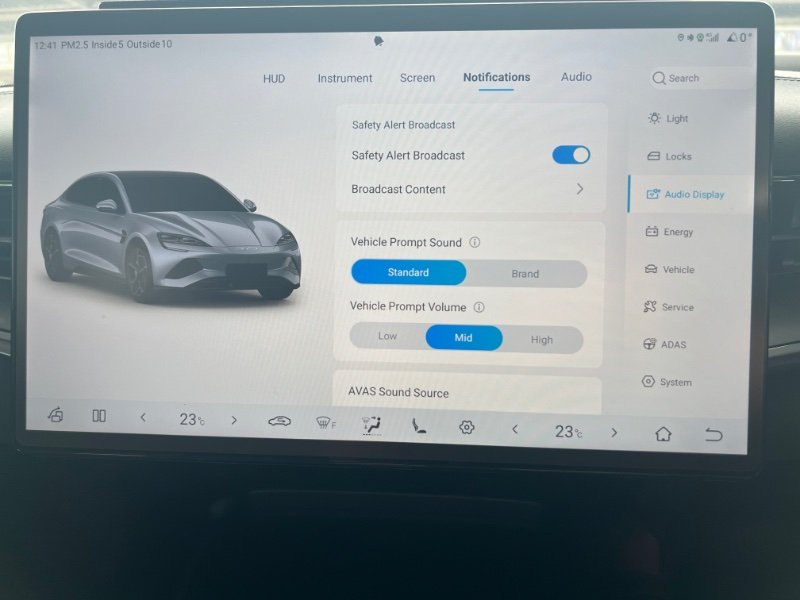

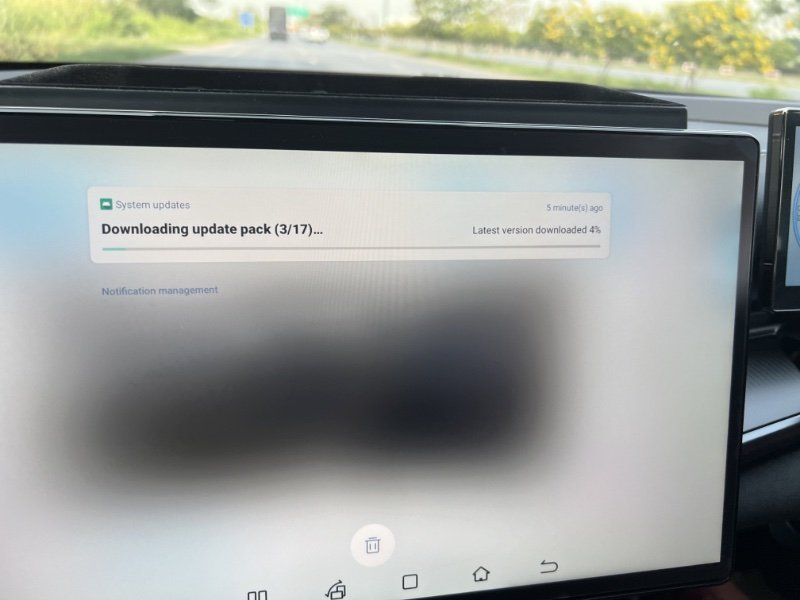

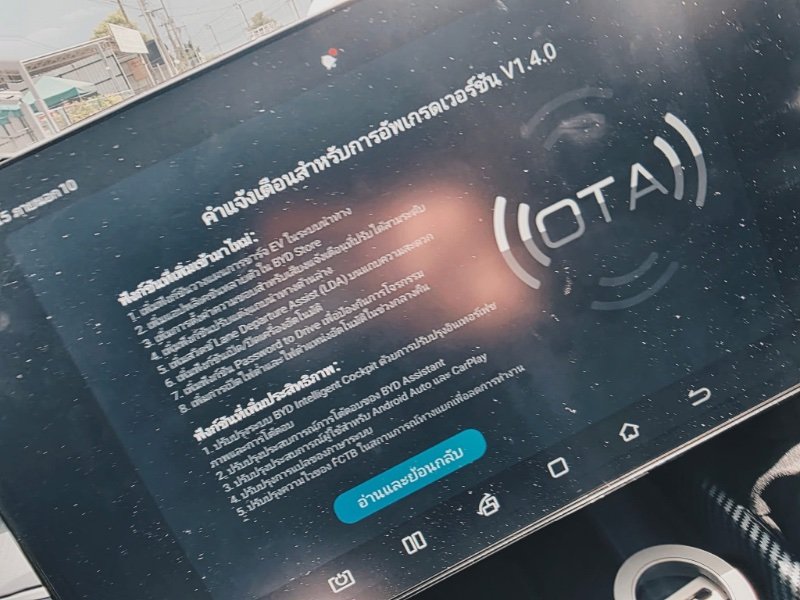






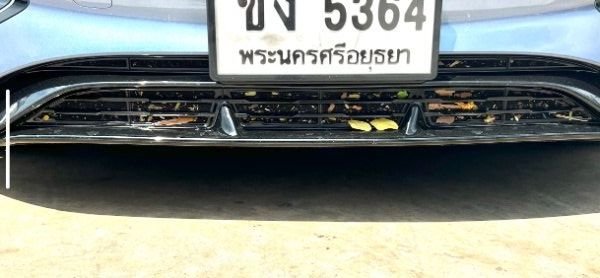

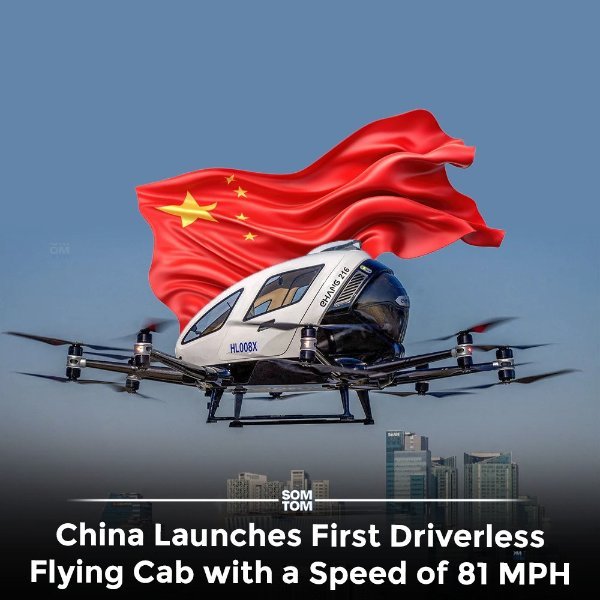

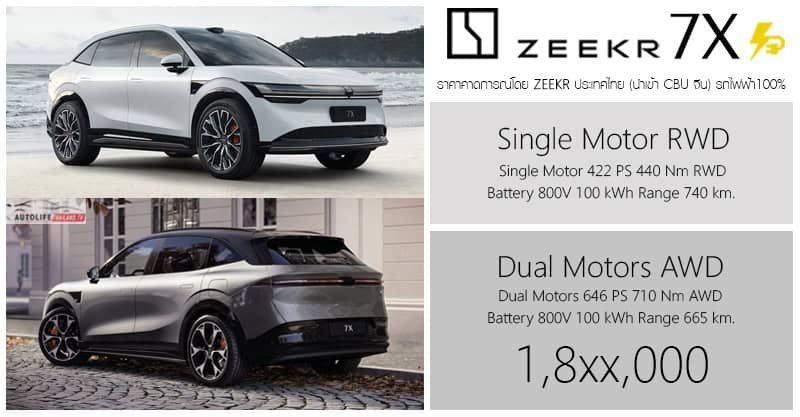
BYD Seal tips, tricks and help
in Thailand Motor Discussion
Posted
When reading such rants I wonder why it is that some people fail to understand that BYD - and most Chinese car manufacturers for that matter - make cars for their massive captive market, the few dozen cars they are selling in Thailand or other smaller export markets are simply just an after thought.
I am not defending their marketing strategy, there is a lot to be desired and improved upon, but I see the bigger picture, and boy am I happy that we can buy some select Chinese car models and benefit from their cost advantage, we now have more choices, lower prices and a level of technology that simply would not be here without them.
So yes, we all have our ways to focus on what either makes us miserable, or what is great for the money we have to spend to get most of what we want, and live with what we cant get - yet.